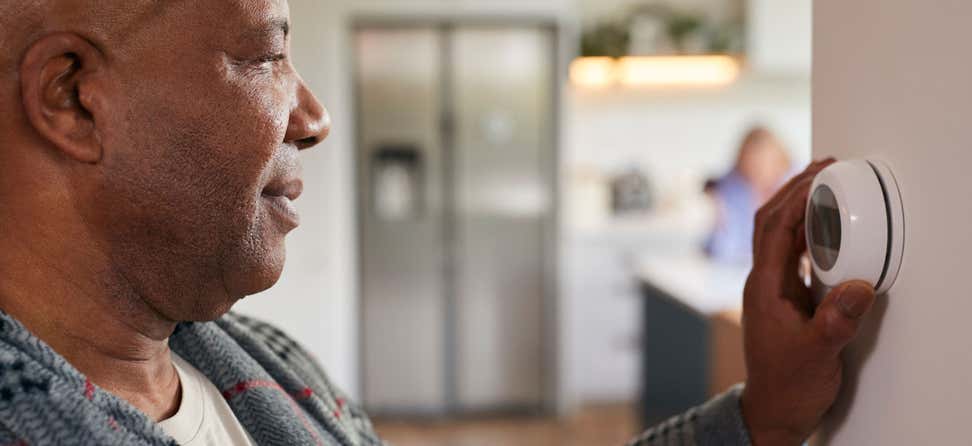Living costs are rising, including home energy bills. According to a survey, 37.8% of low-income households had trouble paying an energy bill in the spring of 2022. More than half of these households gave up essentials like food and medication to pay a utility bill.1
Choosing between basic needs and properly heating and cooling your home can put your health and safety at risk. If you need help paying utility bills, you may qualify for the Low-Income Home Energy Assistance Program (LIHEAP).
What is LIHEAP?
LIHEAP is a need-based government program that provides financial support to roughly 6.7 million households across the nation.2 LIHEAP helps people stay warm during the frigid winter months and cool in the summer heat, offering help with:
- Home energy bills, including emergency help
- Home improvements to boost energy efficiency (also known as weatherization)
- Minor, energy-related home repairs
Who can get LIHEAP assistance?
Homeowners, renters, and those who live in subsidized housing may be able to get help with utility bills through LIHEAP. To qualify, you must have a financial need and meet specific income limits set by your state.
You may automatically qualify for LIHEAP if you or another person in your household is enrolled in other benefit programs, such as the Supplemental Nutrition Assistance Program (SNAP) and Temporary Assistance for Needy Families (TANF). Be sure to check with your state for the latest LIHEAP income guidelines.
How does LIHEAP work?
LIHEAP provides partial, short-term help with utility bills. It won’t cover all your energy costs for the year, or even for that season.
LIHEAP funds are generally meant to cover heating and cooling costs only. They cannot be used to pay your water or sewer bill, unless the water is used for air conditioning (in an evaporative cooler, for example). Also, most states only allow you to get LIHEAP assistance with your main energy source, such as natural gas.
In some states, you can also use part of your LIHEAP grant to make energy-related repairs and improvements to your home. This can help you save on energy costs in the future. Examples of these upgrades include:
- Insulating your home
- Fixing or replacing a broken furnace
- Sealing drafty windows and doors
How much can you get in LIHEAP assistance?
There is no standard benefit amount. Instead, the amount of LIHEAP assistance you can get depends on factors such as:
- Where you live
- The size of your household
- Your income
- Your energy needs
Some states receive more LIHEAP funding than others and can provide larger grants to households that qualify. There is limited LIHEAP money available each year. That’s why it’s important to apply for the program as soon as you find out you qualify.
How do I apply for LIHEAP?
Each state, territory, and tribe has its own LIHEAP guidelines, application form, and application deadlines. Some states require applications to be mailed in, while others make it easy to apply for LIHEAP online. Contact your local LIHEAP office for details or call the toll-free LIHEAP phone number at 866-674-6327.
Do you qualify for LIHEAP? Find out today here at BenefitsCheckUp. Just enter your ZIP code and click on “Housing & Utilities” to explore LIHEAP and other state and private programs that could help you lower your energy costs.
Sources
1. NEADA Summer Electricity Outlook: Background, National Energy Assistance Directors Association. Found on the internet at https://neada.org/wp-content/uploads/2022/06/Energy-Expenditures-and-Burdens-A-June-2022.pdf
2. A Light for Those in Need: LIHEAP Nears Fifth Decade of Service, LIHEAP (May 2022). Found on the internet at https://uploads-ssl.webflow.com/625088a41425d19695c01ba8/62ab684c9babcf8d4da01c0f_LIHEAP%202022%20White%20Paper_FINAL.pdf
 Share to Facebook
Share to Facebook  Share to X
Share to X  Share to LinkedIn
Share to LinkedIn  Share to Email
Share to Email 